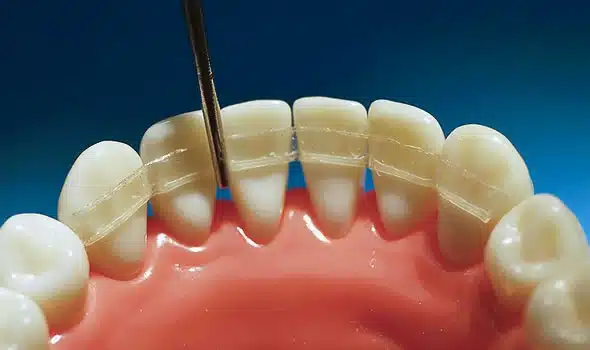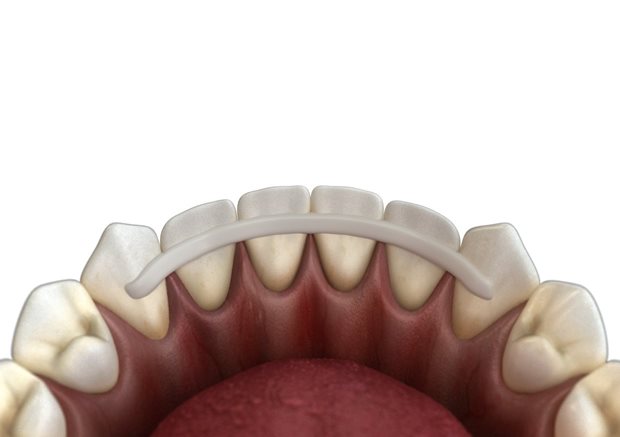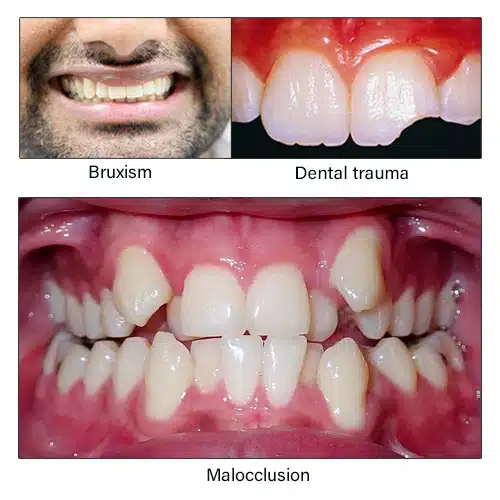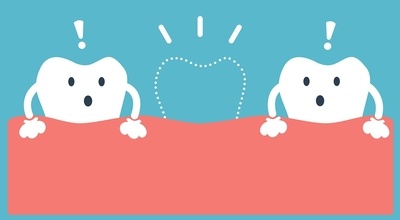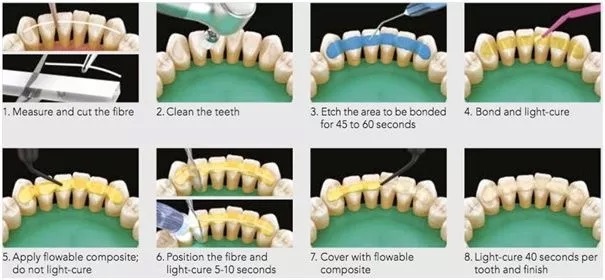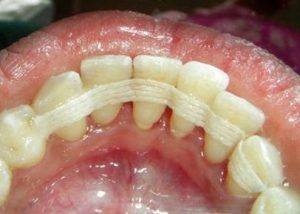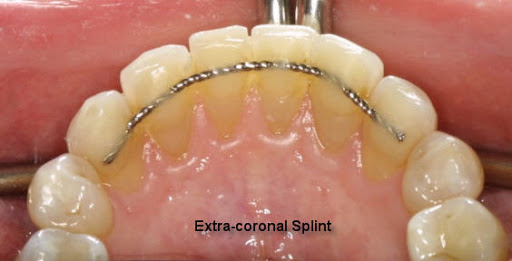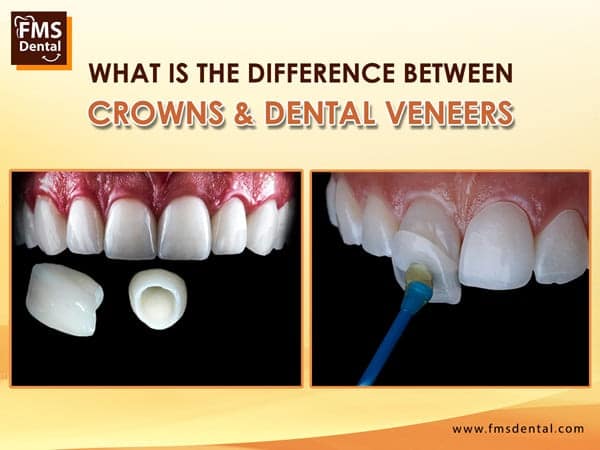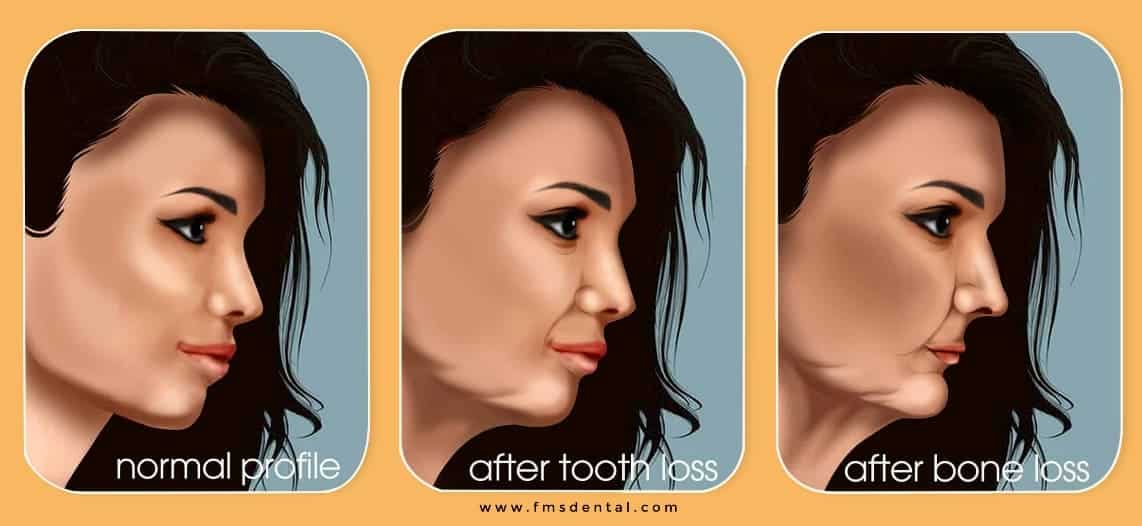FMS INTERNATIONAL DENTAL CENTER – ADVANCED DENTAL IMPLANT CLINIC
Door No. 8-2-293/82/A/725 Road, No. 37, Hitech City Rd, near Daspalla Hotel, CBI Colony, Jubilee Hills, Hyderabad, Telangana 500033
FMS DENTAL HOSPITAL
2nd Floor, Pranav Tej Towers, H. No. 1, 111/3/B, Gachibowli – Miyapur Rd, opp. KIMS Hospital, above HDFC Bank, Hanuman Nagar, Kondapur, Telangana 500084, India
FMS DENTAL HOSPITAL
MIG 155, KPR Complex, Rd Number 1, above State Bank Of India, Kukatpally, Hyderabad, Telangana 500072, India
FMS INTERNATIONAL DENTAL CENTER
MKS Square, Opp. Oberon Mall, NH Bypass, Padivattom, Edappally, Kochi, Kerala 682024, India



